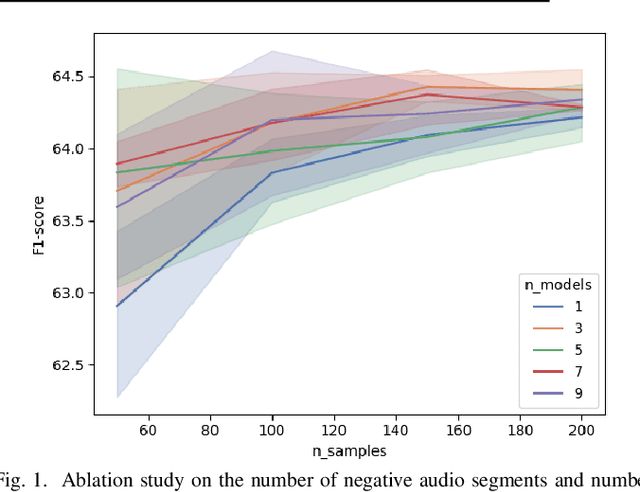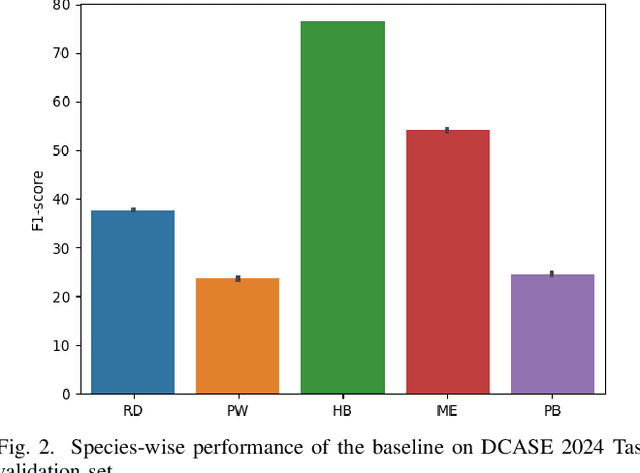Mind the Domain Gap: a Systematic Analysis on Bioacoustic Sound Event Detection
Paper and Code
Mar 27, 2024



Detecting the presence of animal vocalisations in nature is essential to study animal populations and their behaviors. A recent development in the field is the introduction of the task known as few-shot bioacoustic sound event detection, which aims to train a versatile animal sound detector using only a small set of audio samples. Previous efforts in this area have utilized different architectures and data augmentation techniques to enhance model performance. However, these approaches have not fully bridged the domain gap between source and target distributions, limiting their applicability in real-world scenarios. In this work, we introduce an new dataset designed to augment the diversity and breadth of classes available for few-shot bioacoustic event detection, building on the foundations of our previous datasets. To establish a robust baseline system tailored for the DCASE 2024 Task 5 challenge, we delve into an array of acoustic features and adopt negative hard sampling as our primary domain adaptation strategy. This approach, chosen in alignment with the challenge's guidelines that necessitate the independent treatment of each audio file, sidesteps the use of transductive learning to ensure compliance while aiming to enhance the system's adaptability to domain shifts. Our experiments show that the proposed baseline system achieves a better performance compared with the vanilla prototypical network. The findings also confirm the effectiveness of each domain adaptation method by ablating different components within the networks. This highlights the potential to improve few-shot bioacoustic sound event detection by further reducing the impact of domain shift.
 Add to Chrome
Add to Chrome Add to Firefox
Add to Firefox Add to Edge
Add to Edge